An estimated 29,090 people were living with HIV in Australia at the end of 2020. An estimated 2,610 (9%) people living with HIV were unaware of their HIV status (undiagnosed). About 44% of all new HIV cases were diagnosed late. Among people reporting heterosexual sex as their exposure risk 59% were diagnosed late in 2020, compared with 31% in.. HIV statistics in Australia.. In Australia, HIV transmission continues to occur primarily through sexual contact between men. In 2015, 1,025 people were diagnosed with HIV. The number of newly diagnosed HIV infections in Australia has remained stable for the past three years, with 1,025 cases in 2015, 1,082 in 2014, 1030 in 2013 and 1,064 in.

PPT At the Crossroads in HIV Treatment, Prevention and Cure Australia’s Strategic Role

Top 15 Countries with highest Percentage of HIV/AIDS affected people. YouTube

HIV/AIDS Population In World Country By Year 2000 2019 YouTube
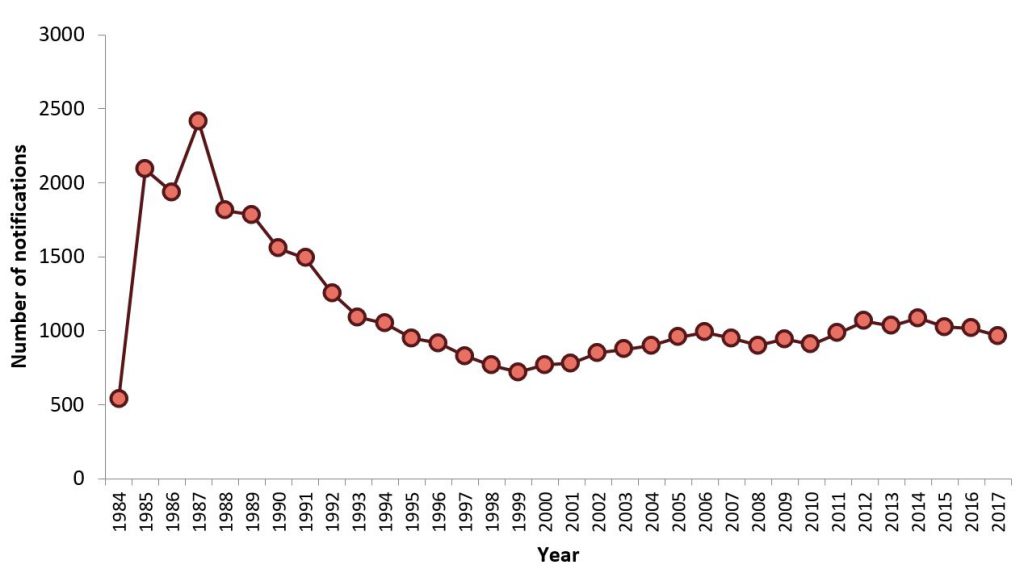
History of HIV infection in Australia HIV Management Guidelines
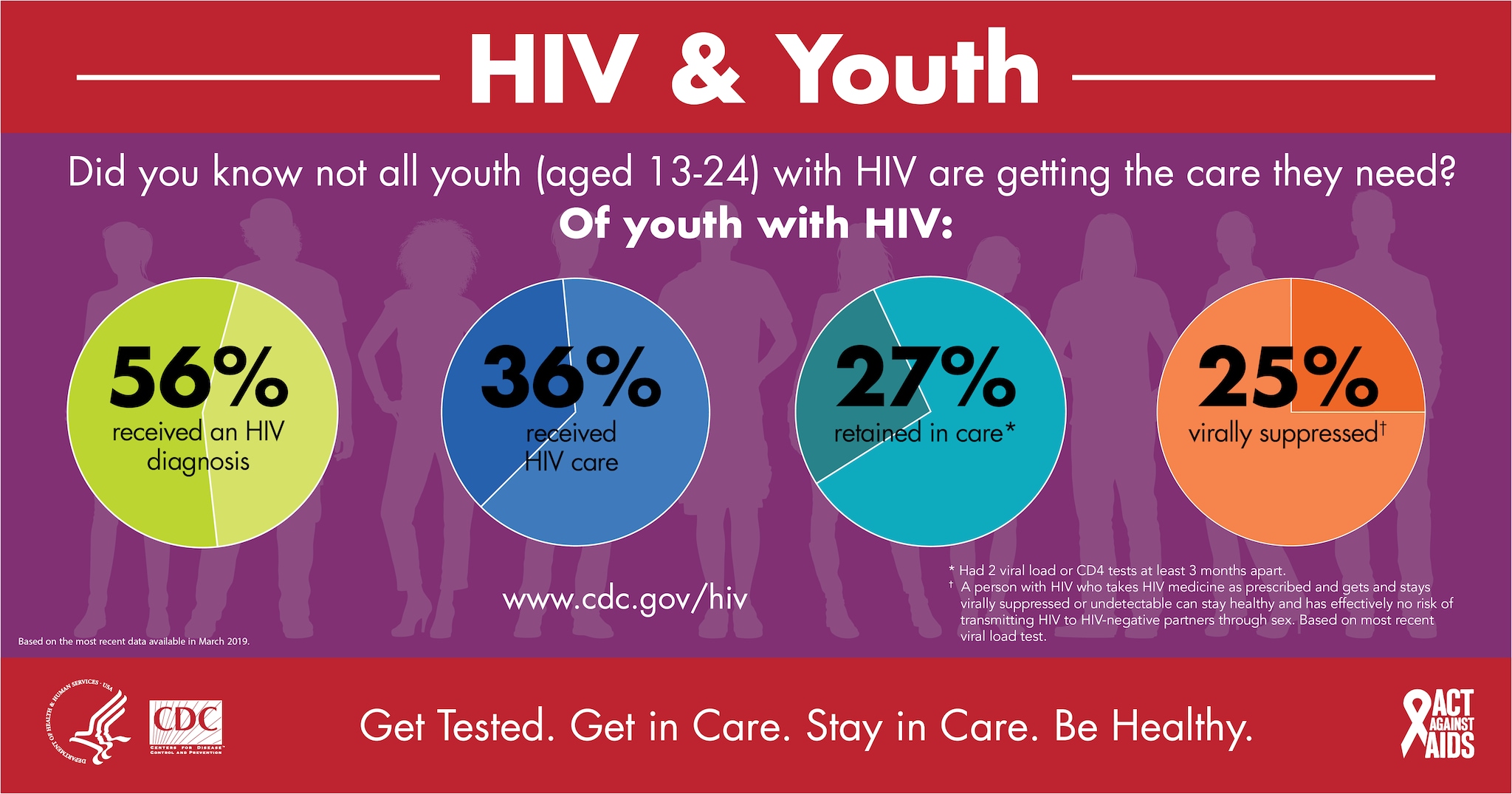
Infographics and Posters Resource Library HIV/AIDS CDC

Estimated profile of people living with HIV in Australia (a) over time... Download Scientific

The HIV/AIDS pandemic, explained in 9 maps and charts Vox
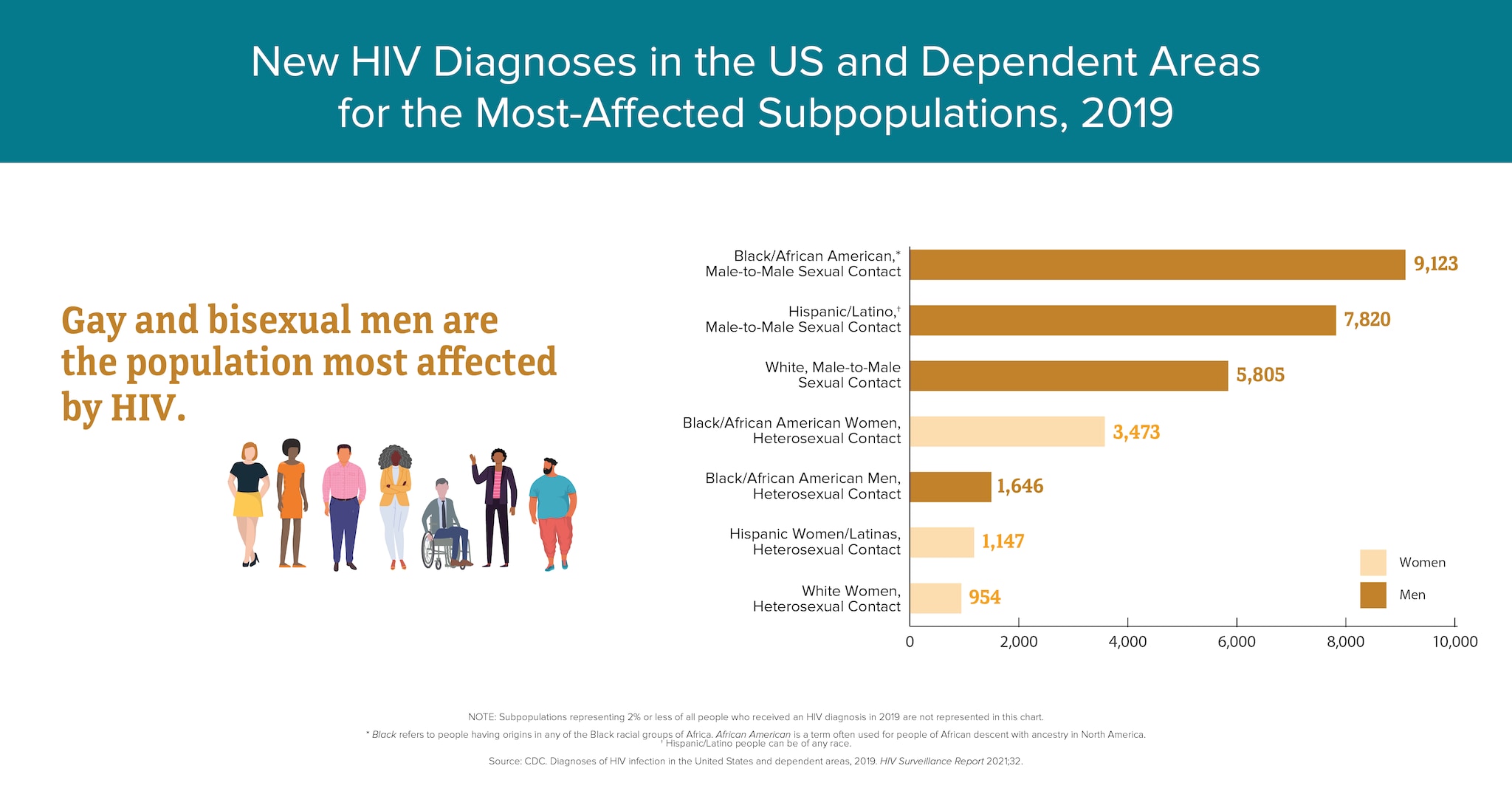
Basic Statistics HIV Basics HIV/AIDS CDC

Living with HIV ATSIHIV

HIV AIDS epidemiology and demographics wikidoc

20th Anniversary of World AIDS Day
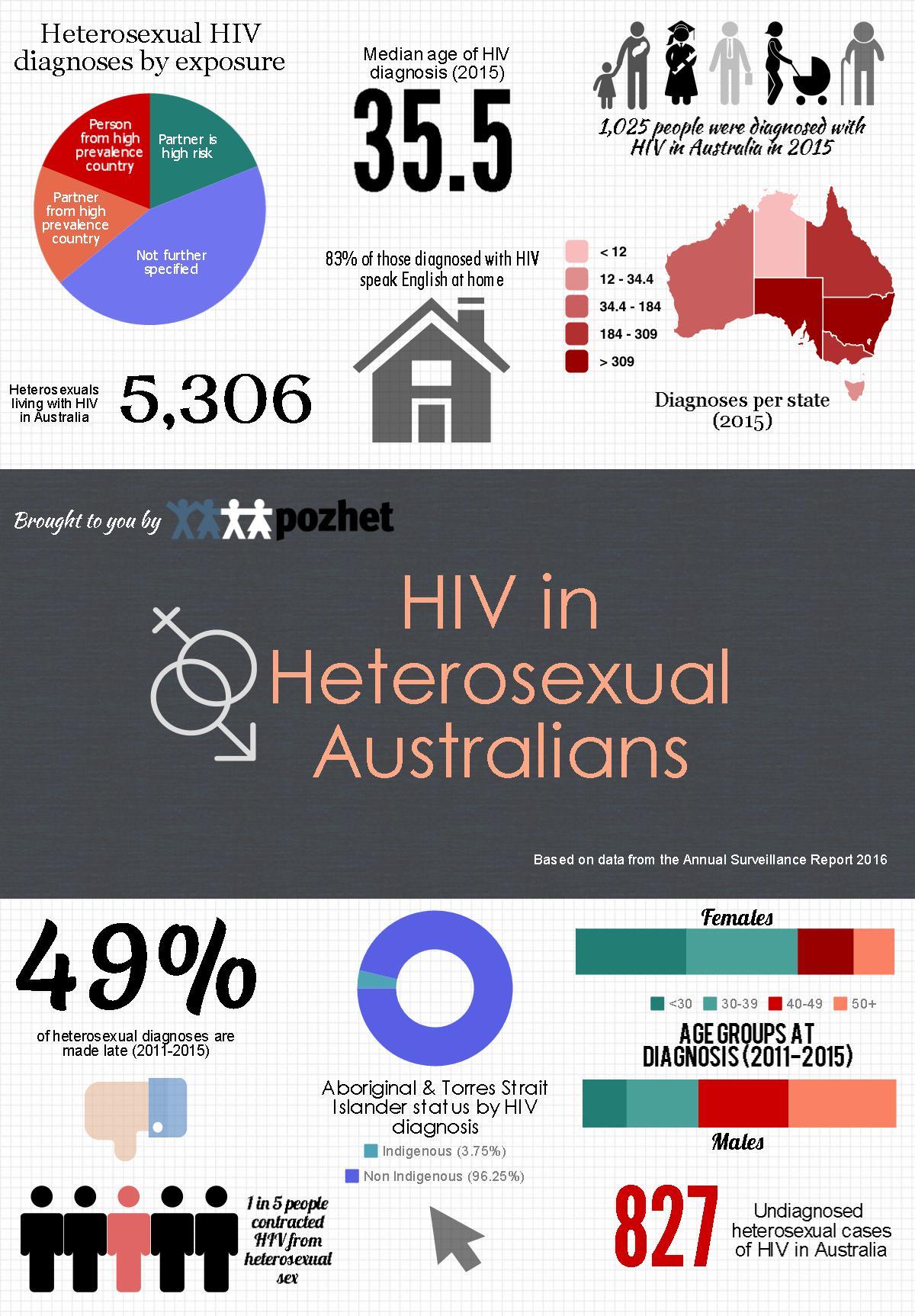
Latest Australian data about heterosexual transmission of HIV
World map of countries by HIVAIDS adult prevalence rate (2020) Source wikimedia r/MapPorn
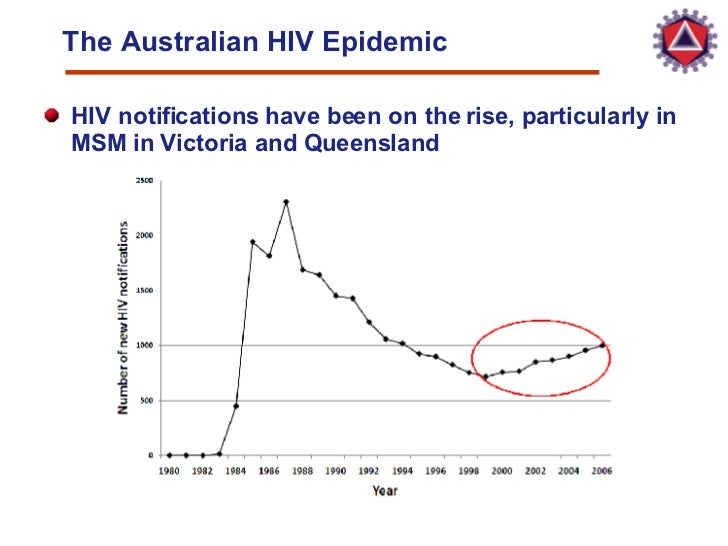
Mathematical Models to investigate HIV trends in Australia

Are we close to finding a cure for HIV thanks to a new cancer drug

Percentage distribution of HIV/AIDS related responses. Download Scientific Diagram

HIV in Australia 2023 Factsheet Meridian

HIV incidence in Indigenous and nonIndigenous populations in Australia a populationlevel

HIV Priorities Full Report (2016) Meridian

3 Key Moments That Changed HIV History Ending HIV NSW
Definition: The number of notifications of syphilis, human immunodeficiency virus (HIV), hepatitis B, hepatitis C, chlamydia and gonorrhoea. Note that the calculation method for notification rates of HIV has changed since Australia's health 2016.Cases of HIV diagnosed overseas are not included in the data presented here.. Australia has consistently had extremely low rates of HIV infection in female sex workers, [52] with high condom use, [53] regular testing and other prevention strategies minimising transmission. HIV positivity among women self-identifying as female sex workers and attending sexual health clinics was 0.03% in 2010-2011 and 0% in 2012-2013. [54]